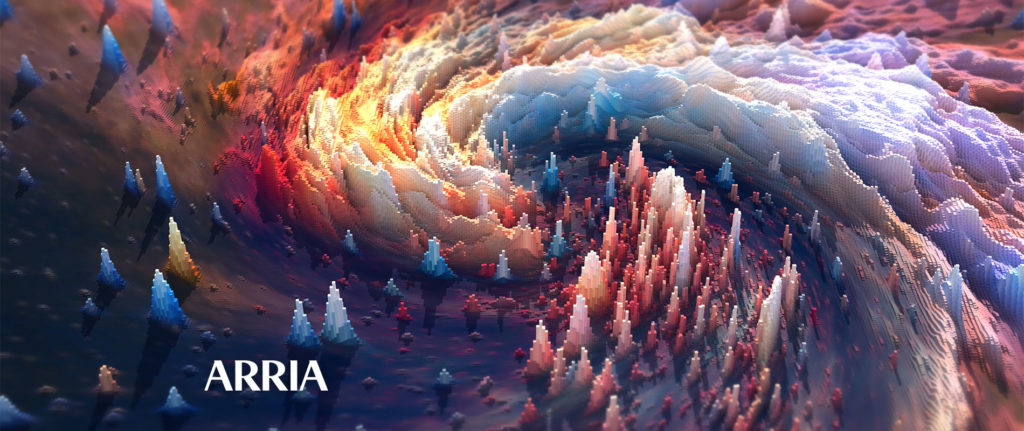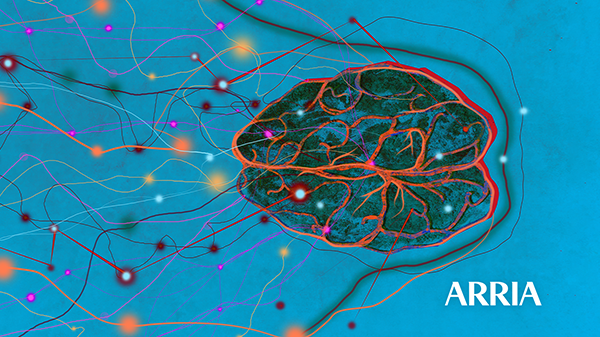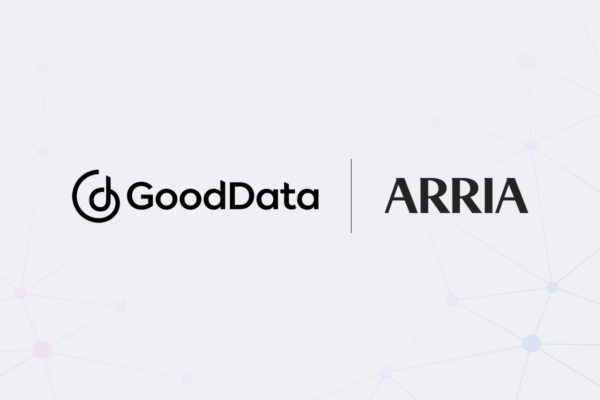
I did my Ph.D. on NLG in the late 1980s, 35 years ago! Amy Tobin, who runs the Arria blog, asked me to reflect on the early days of NLG. I thought I would start by writing about the world’s first commercial NLG system, FoG.
In the 1980s, the NLG community was tiny and consisted entirely of academics. NLG research was theoretical; my Ph.D. (Harvard, 1990) was on “Generating appropriate natural language object descriptions,” and one of my first academic papers was called “The computational complexity of avoiding conversational implicatures.” But this changed in 1992, when the first specialist NLG company, CoGenTex, released the first deployed production NLG system; it was called Forecast Generator, nicknamed FoG. FoG produced weather forecasts (in English and French) for the Canadian weather service, Environment Canada. It was what we would now call a custom NLG system: it was designed for Environment Canada, and no other weather service could use it without considerable modification.
FoG was produced by a team led by Professor Richard Kittredge, who split his time between CoGenTex and the Université de Montréal. (I wrote a tribute to Richard in my personal blog when he passed away.) Richard worked for many years translating weather forecasts (from English to French). He contributed to the TAUM-METEO forecast translation system, one of the first deployed production machine translation systems. He then explored whether it was possible to generate weather forecasts in both languages from numerical weather prediction data. This was a novel idea at the time; no one had ever done anything like this! Richard and his team were successful, and 30 years later, I still remember the excitement I felt when FoG was launched.
You can see a screenshot of FoG here. Its input was a visualization of the weather system (which forecasters could edit); its output was in “weatherese.” Internally, it consisted of an analytics module that extracted key insights from the weather data and two narrative modules (one for English, one for French) which generated narratives based on these insights. The system is further described in the paper “Using natural-language processing to produce weather forecasts.”
Unfortunately, the FoG system fell out of use in 1995. I believe this was largely because forecasters and even IT staff at Environment Canada couldn’t modify the system; all changes had to be made by staff at CoGenTex. In 2022, Arria emphasizes making its NLG systems configurable and customizable, but in the 1990s, CoGenTex needed to realize how important this is.
On a personal note, I was so excited by FoG that I went to work for CoGenTex in 1993, hoping to build commercial NLG systems. Unfortunately, none of the projects I worked on entered commercial usage, and I left CoGenTex (and moved to Aberdeen) in 1995. But I still was inspired by the dream of building commercial NLG systems, which we are now continuing at Arria!
Ehud Reiter Professor of Computer Science at the University of Aberdeen and Chief Scientist at Arria NLG. Reiter is one of the leading experts in Natural Language Generation (NLG). He is chair of ACL Special Interest Group on Generation (SIGGEN), has a Google Scholar H-index of 54, and writes a widely read blog on NLG (ehudreiter.com). He co-founded Arria’s predecessor company, Data2Text, in 2009 to commercialise NLG.
He currently leads a Research and Development group at Arria which explores advanced AI and Natural Language technologies.



